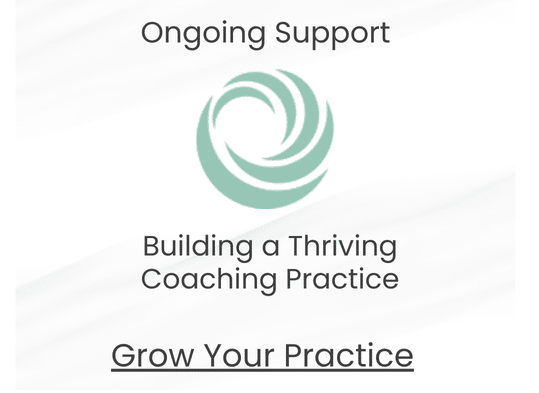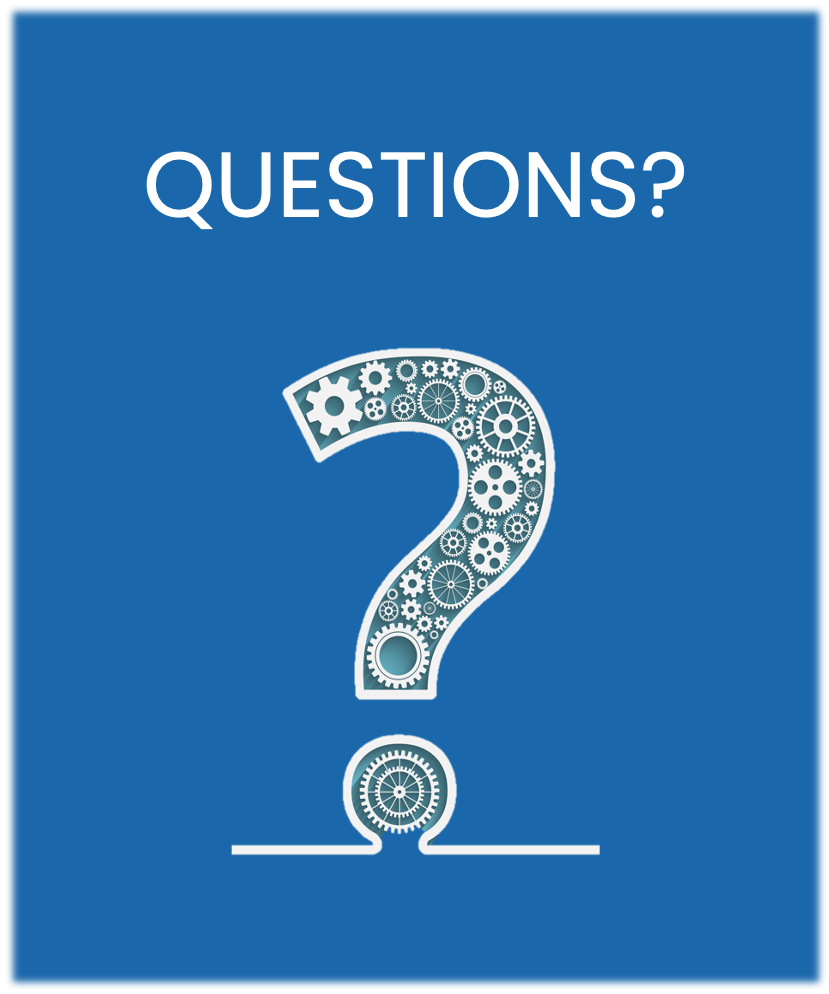It is not always easy to recognize authentic and genuine positive emotions in others. You may question whether a smile is genuine or feel like a laugh was forced. In this interview segment, Megan McDonough, CEO of Wholebeing Institute, and Barbara Fredrickson, Director of the PEP Lab at the University of North Carolina, Chapel Hill, discuss how to recognize sincere positive emotions in others, as well as in ourselves.
By acknowledging the connection of both mind and body to positive emotions, you can begin to see how emotions are a wholebeing experience and note the subtle and not-so-subtle differences between genuine happiness and insincere positive emotions.
You can watch more interviews with leading positive psychology experts here or learn more about creating wholebeing happiness here.
Transcript
BF: I mean, that’s sometimes why people are suspicious of expressed positivity in others—because you don’t know quite, is this real? Does this have a ulterior motive? And so, you know, I think when people are able to connect with people in a genuine way, we know it. Humans are just amazing sincerity detectors, so we know when it’s genuine.
MM: I guess the thing is, when you’re looking at it, if you were looking at it for yourself is, how do you think about being authentic and genuine with your own positive emotions inside out. So there are those who put on us this facade, that maybe they’re not being authentic but, from the inside out, you’re not saying, change your emotions—you’re just saying, notice your emotions when happiness arises, which is a very, very different bodily cue, of can we recognize different, subtle levels of happiness.
BF: Right. I mean there, I think the way to recognize the genuine article here [is] recognize that emotions are, you know, by definition, they’re a mind and body kind of wholebeing experience in that you can’t just put it on your face or think happy thoughts. This is not just about sort of “up here,” it’s sort of how you carry yourself, you know the warmth you might feel inside. I mean, it’s a very rich experience, but subtle, and that’s one way to know kind of the difference between whether you’re genuinely feeling positive and whether you’re trying too hard. I mean, a lot of times it’s not just in other people where you see the insincere positive emotions, but we sometimes so want to feel good that we aren’t realizing that we’re deceiving ourselves.








